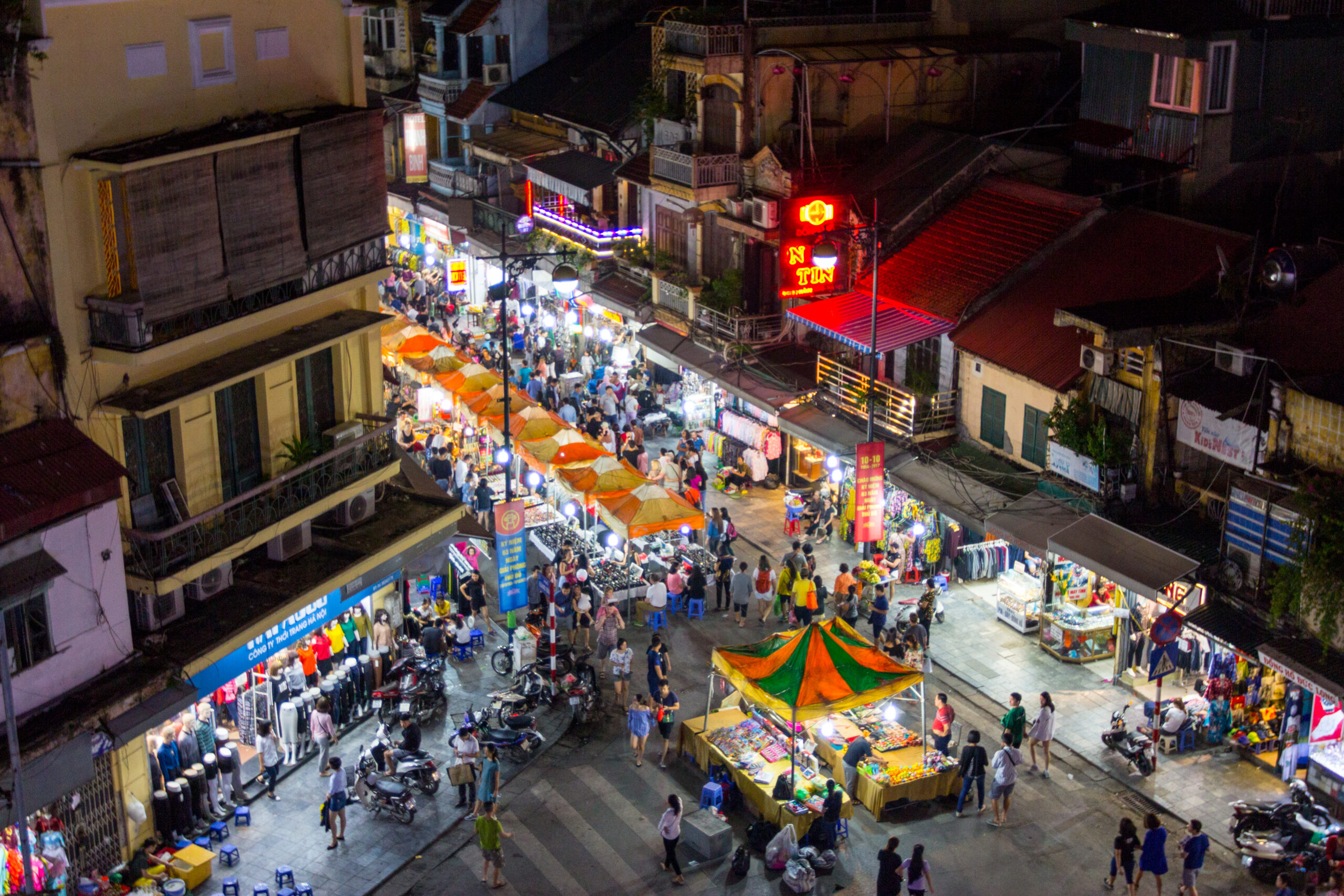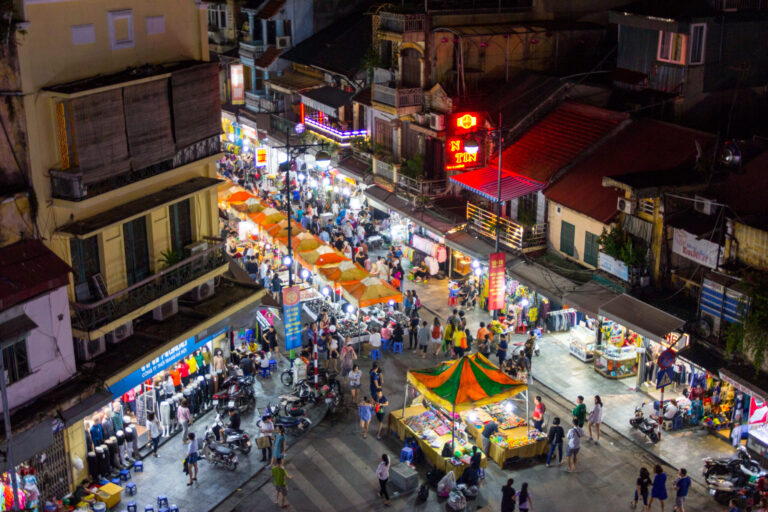 PnPy/Shutterstock
PnPy/Shutterstock
According to PropertyGuru’s tourism news roundup, tourist numbers to Hanoi are expected to reach 14.05 million in the first half of this year. In further news, the Indochina T-Junction (also known as the Triple Border Sign), where the borders of Vietnam, Cambodia and Laos meet, is a significant monument attracting tourists’ attention. Hong Kong’s redevelopment agency has announced a series of free “City Walk” tours in Central and Sheung Wan to showcase the city’s history and vibrancy.
Hanoi to welcome 14 million tourists in six months
Tourist numbers to Hanoi in the first half of this year are expected to reach 14.05 million, up 13.7 percent compared to the same period in 2023, the city’s Tourism Department reported to VietnamPlus.
Of these, the number of international tourists is expected to reach 3.14 million, up 52.6% from last year, while domestic tourists are estimated to increase 6% to 10.3 million.
Total tourism revenue for the period was about VND55.4 trillion ($2.2 billion), up 22.8 percent from the previous year.
Tourism Potential and Challenges on the Dragon’s Tail Trail in Ratanakiri
The Indochina T-junction, where the borders of Vietnam, Cambodia and Laos meet, is also known as the Triple Border Sign and is an important monument that attracts the attention of tourists.
Popularly known by Cambodians as the Dragon’s Tail, the area is located on a mountain top and is celebrated as a symbol of friendship and cooperation between the three countries. This unique location attracts tourists interested in geopolitics, history and adventure tourism. The close proximity of multiple ethnic groups makes it an attractive destination for culture lovers.
Photos of Vietnamese visitors to the landmark have been widely shared on social media, highlighting the remote location’s appeal, but according to the Phnom Penh Post, they have also sparked frustration among Cambodian locals, who lament that poor road conditions make it difficult for them to access the landmark.
Nget Pyitu, director of Ratanakiri province’s tourism department, acknowledged the difficulties faced by tourists trying to reach the monument from the Cambodian side, especially during the rainy season. “Traveling to Dragon’s Tail from Cambodia is difficult, especially because of the mountainous terrain and the possibility of flooding. [vehicles] We’re stuck,” Pitot said.
Hong Kong’s redevelopment agency will host free “City Walk” tours showcasing the city’s history and vibrancy.
Hong Kong’s redevelopment agency, the Urban Redevelopment Authority (URA), has announced a series of free “City Walk” tours in Central and Sheung Wan to showcase the city’s history and vibrancy.
URA executive director Wai Chi-shing said on June 2 that the organisation would organise 40 guided tours for more than 500 locals and tourists in October.
Wai told HKFP the tours will showcase URA’s redevelopment projects, as well as historical sites, shops and street art in Central and Sheung Wan.
“City Walk”, a style of tourism where people explore a city on foot and take photos, has become popular in the post-pandemic era, especially among tourists from mainland China.
“In carrying out urban redevelopment projects, the URA aims not only to improve people’s living environment and quality of life, but also to bring vitality to old communities through various approaches, strengthen connections between different stakeholders and enhance the community’s uniqueness, thereby revitalizing the local economy and supporting tourism development,” Wai wrote in Chinese.
This article was written by Property Report editors. For more information, please contact us at [email protected].

